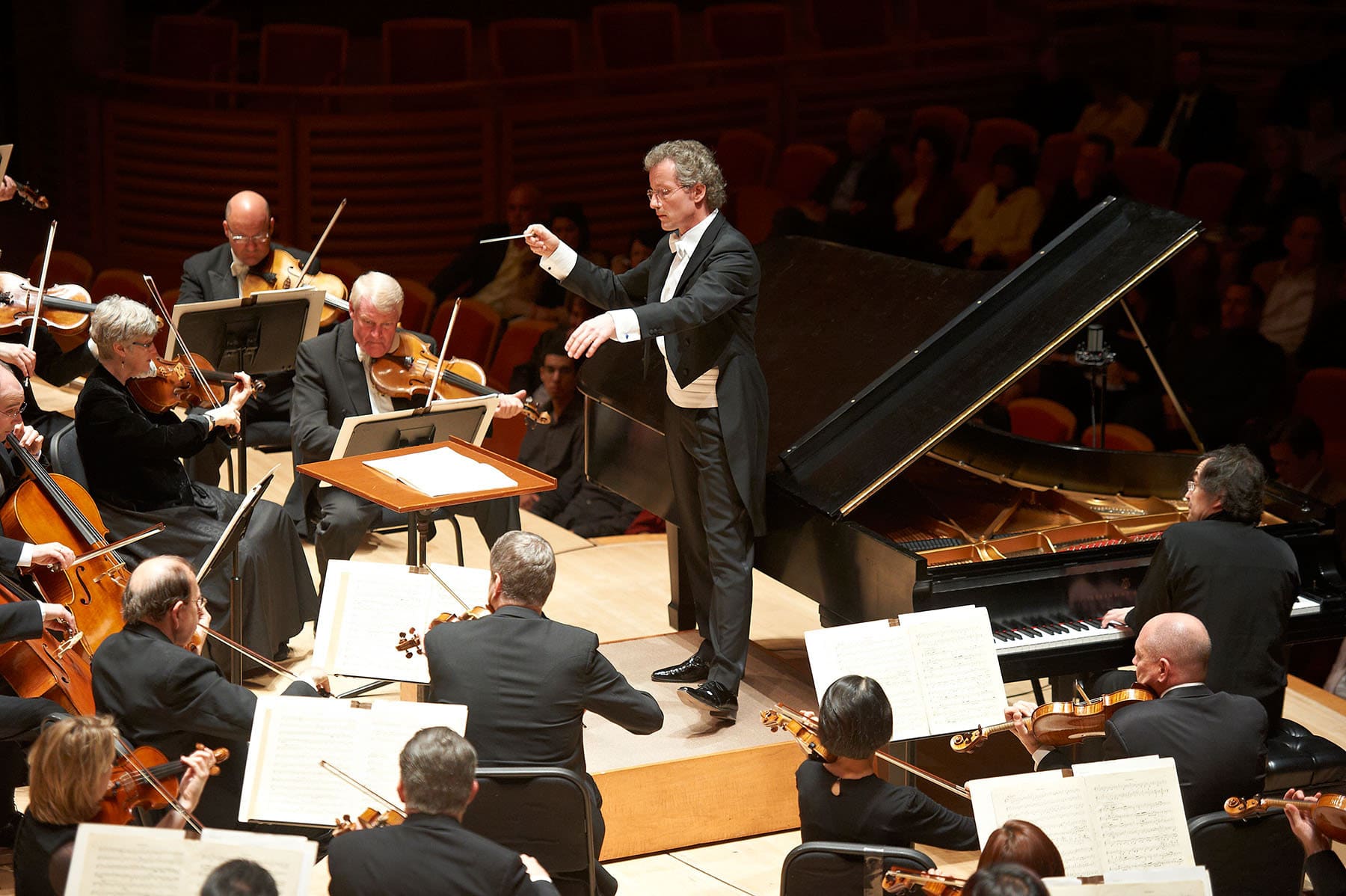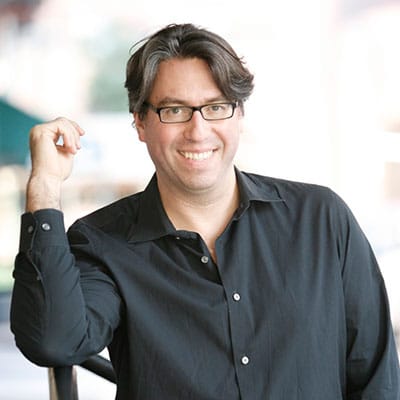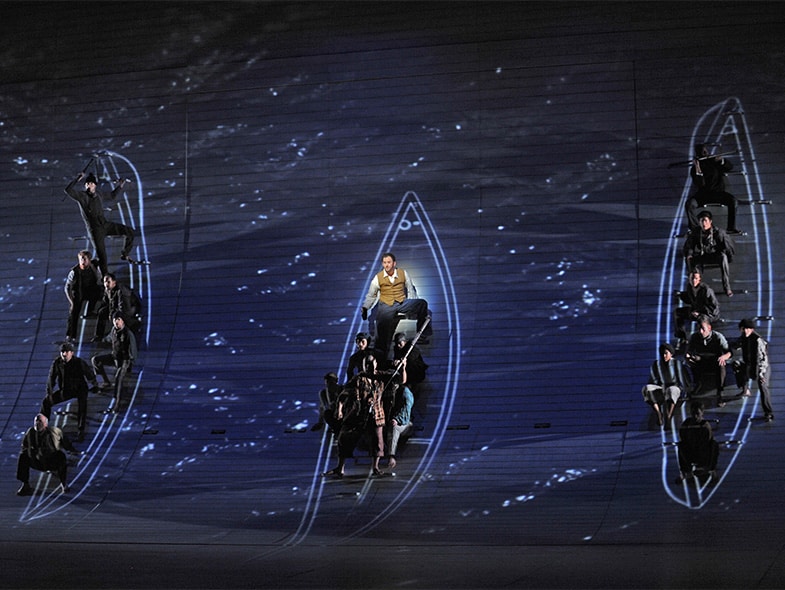Where US orchestras stand right now on Covid concerts
mainResults of a survey from the League of American Orchestras:
23% of orchestras are currently offering performances with a live, in-person audience.
Over two-thirds (67%) are offering streaming performances.
43% of respondents anticipated resuming concerts with live, in-person audiences in the early fall, (17% in September and 26% in October).
Programming next year will continue to be weighted somewhat toward chamber orchestra and small ensembles (64% and 58% respectively) more than full-orchestra performances (49%). The largest-budget orchestras are an exception: 80% are anticipating programming for full orchestra.
Orchestras are expecting halls to be on average at 42% of capacity when audiences return in person.
Not all orchestras have been able to perform this year, though: nearly one-third (28%) are not offering any performances—live or streamed. And for smaller-budget orchestras that rises to 56%.






Comments